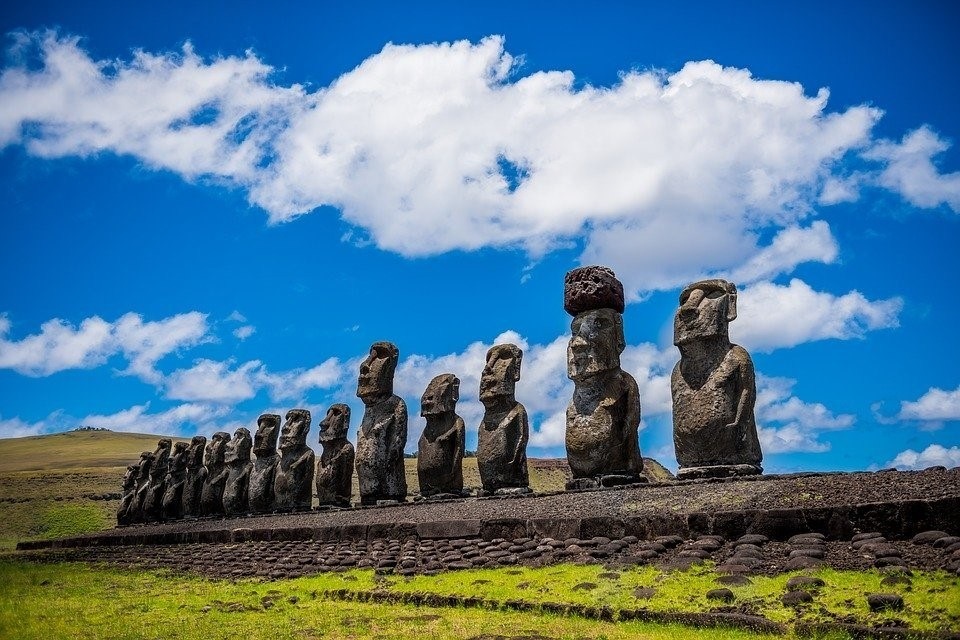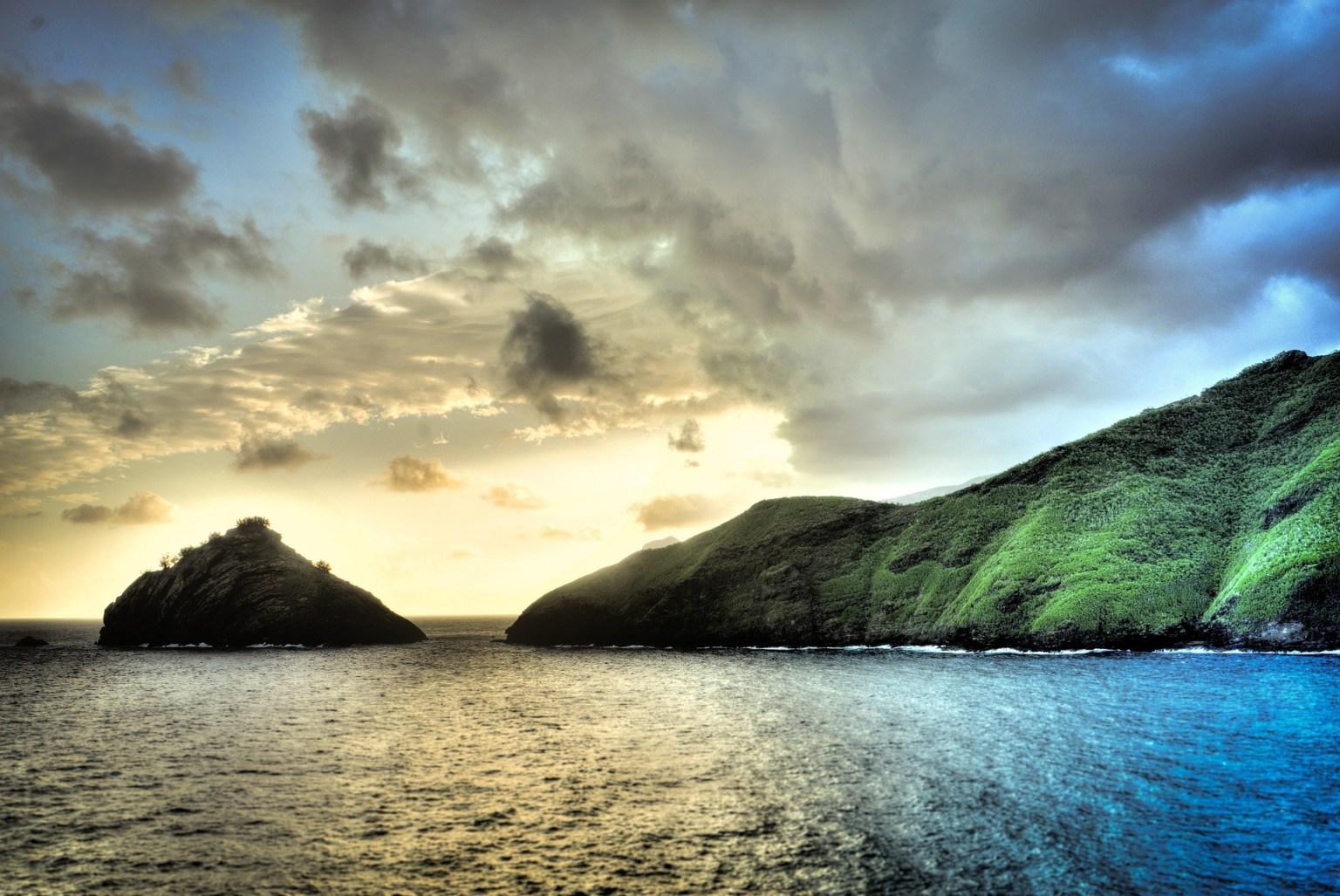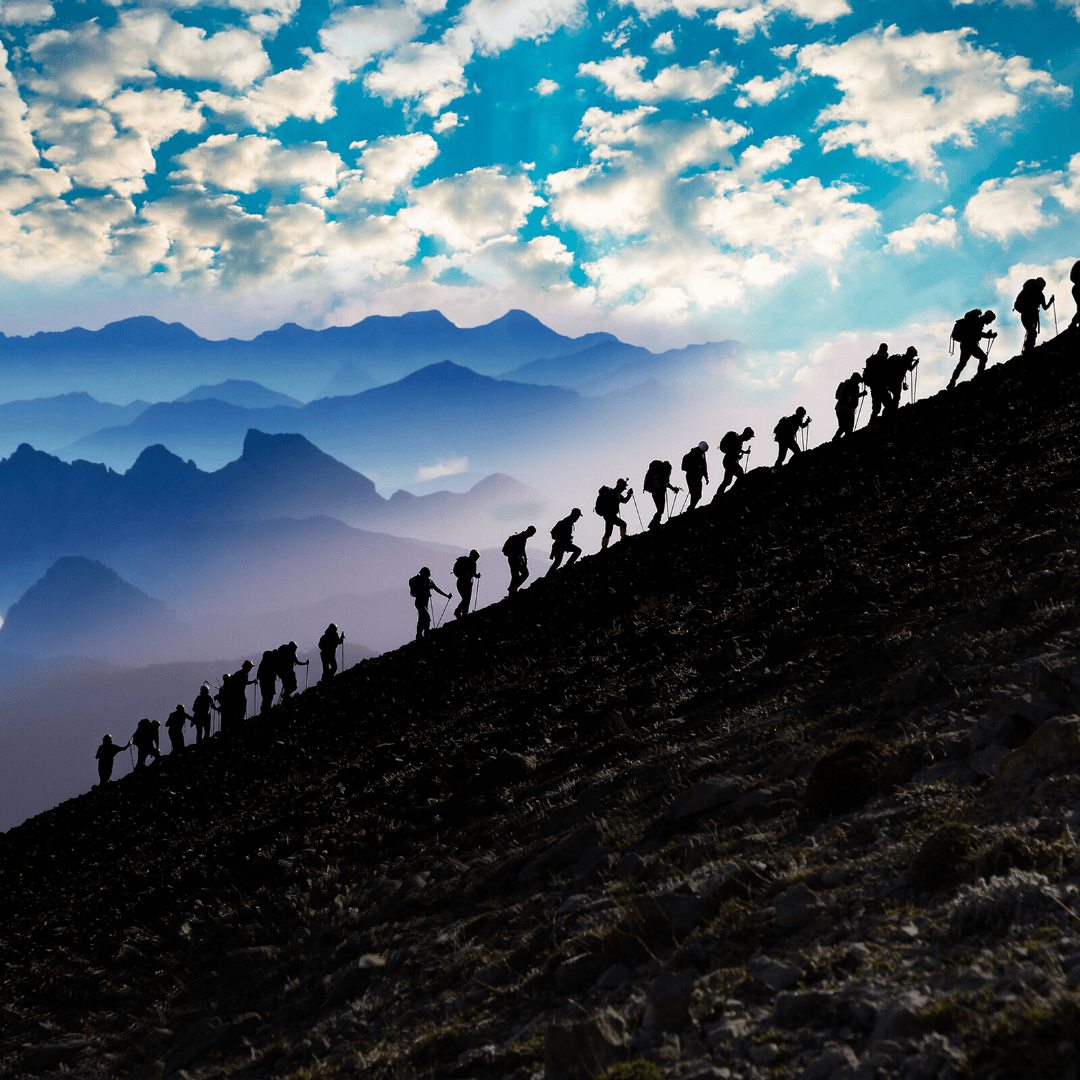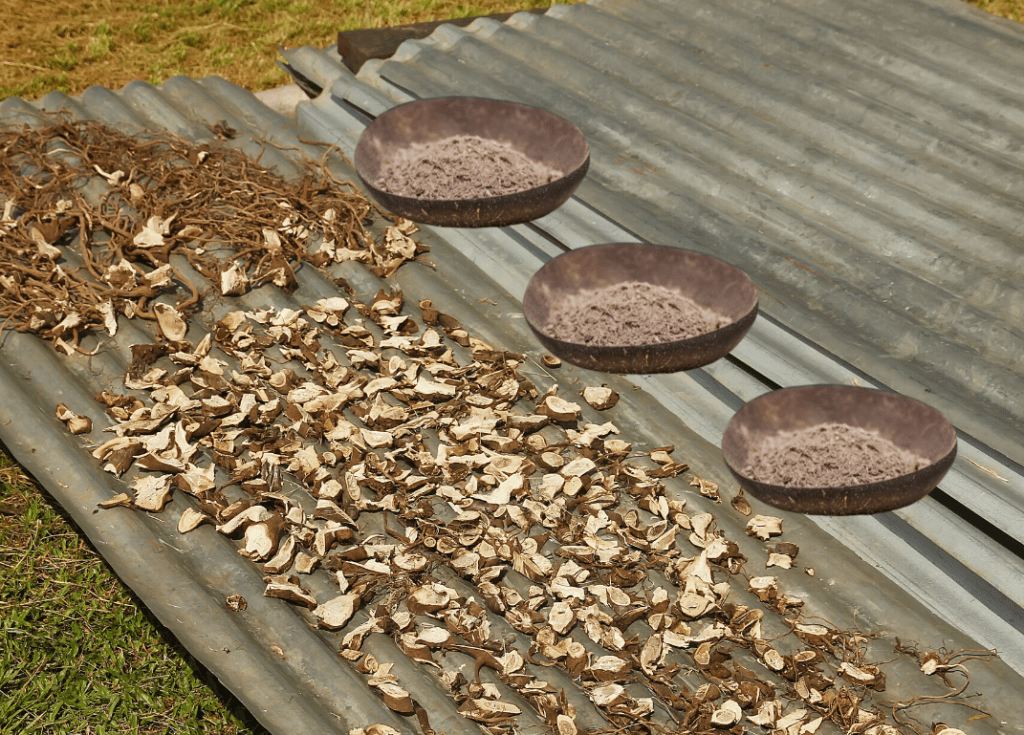Written by: Hannah E. Beltrán
The origins of kava, or Piper methysticum as it is known scientifically, date back hundreds of years to the ancient societies of the Pacific Islands (Singh, 2009). Kava was integral to these communities for its host of spaces it occupied, both cultural and pragmatic.
Viewed as a “link to the gods” with its powerful curative properties, it bridged a connection between humanity and the spiritual realm (Singh, 2009). In formal settings, it was used in conjunction with important rituals such as installing new chiefs, marking new agreements, and commemorating births, deaths, and marriages (Singh, 2009). When used informally, it was a means of facilitating camaraderie and social gathering.
The advent of colonialism in the Pacific Islands saw the politicization of kava. Colonists and missionaries alike saw the reverence that the native populations had for kava and, instead of taking away the rum and brandy that Europeans had brought to the region, attempted to control the use of kava as a means of subversion (Singh, 2009).
However, even the enactment of prohibition laws could not totally remove kava once islanders realized the drastically different, even harmful effects of alcohol use versus kava use. Kava consumption “was…harmless and benign,” whereas alcohol represented violence, a loss of self, and even criminality (Singh, 2009). As a result, the use of kava became symbolic of nationalist, anti-colonial sentiment, as well as a devotion to sacred, ancient ways of being.
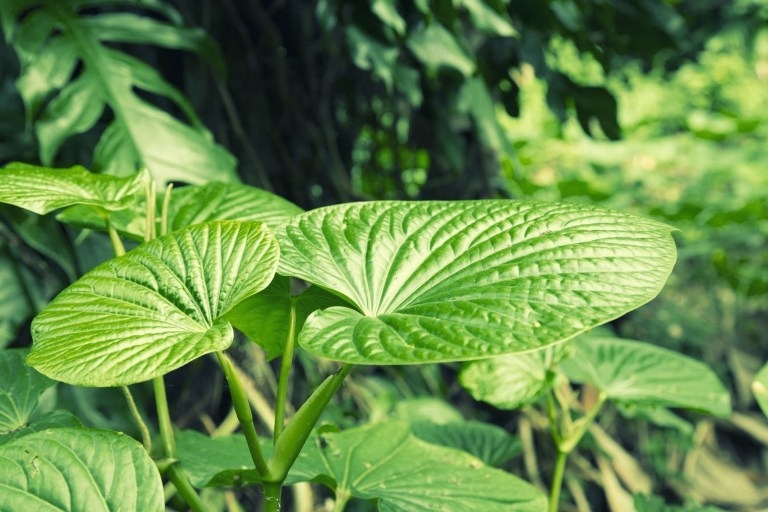
As widespread migration of Pacific Islander nationals began to take place, kava became emblematic of an adherence to their ethnic roots and respective homelands. The migrants who brought kava drinking with them to their new homes consumed the tea after a long work day, and as a gesture of friendship they often shared this casual drinking with non-Islander colleagues (Aporosa, 2015).
In the case of Australia and New Zealand, which now have generations of European-descent nationals who have fewer and fewer connections to Europe, if any at all, kava became part of a greater Pacific Islander identity that transcended race. This collectivist sentiment ultimately paved the way for establishments and groups centered around an increasingly inclusive form of kava drinking.
One such example, The Dox Brothers Kalapu, founded by veteran rugby players and modeled loosely after the ancestral Tongan kalapu, began as a communal space for rugby league and rugby union players of all backgrounds, including non-Islander, to gather over kava drinking (Aporosa, 2015). Its physical space, a garage in a New Zealand suburb with walls adorned by flags of various Pacific Island countries, intended to be affirming to the diversity of the group, yet still maintain a focus on celebrating culture and customs (Aporosa, 2015).
Western kava consumption in Australia and New Zealand is heavily tied to its proximity to the original kava drinking nations of the Pacific Islands and implies a more intimate, personal connection. Kava consumption in the United States, on the other hand, is a newer phenomenon with its own unique narrative. Similarly to Australia and New Zealand, where over 20,000 people drink kava on any given Friday or Saturday night, it is also viewed as a non-alcoholic option for diversion (Aporosa, 2015).
The first kava bar in the continental United States, Nakava Bar, opened in Boca Raton in 2002 and has a setup familiar to a Western consumer – it is age-restricted, allowing only patrons 18 years and up, has house kava drinks that are palatable, and is open nightly until 2 AM, providing an alternative to the ubiquitous bar scene that has become home of the happy hour and beyond (DiNatale, 2018; Rabang, 2019).
At present, there are 100 kava bars in the United States; Florida leads the charge, with 56 of the 100 located within its sunny borders (Rabang, 2019). St. Petersburg affectionately calls itself the “capital of kava” with its high concentration of full-service kava bars, and Visit St. Petersburg-Clearwater, the tourism authority for Pinellas County, has begun counting kava tourism as another reason to visit the area (DiNatale, 2018). Anywhere kava is consumed commercially, customers reference its mood-boosting properties, health benefits, and ease of incorporation into social gatherings, as well as the lack of the next-day hangover of doom (Rabang, 2019).
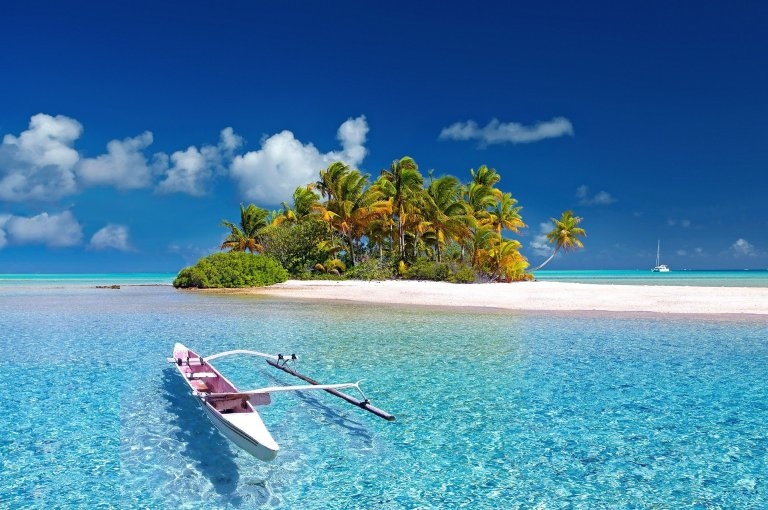
The implications for the future of kava are both promising and amorphous, posing many questions that are yet to be answered. The growing demand for kava in the West has turned kava into a cash crop generating over $200 million yearly for the regions that cultivate it, providing an avenue for keeping the tradition alive and monetizing it (DiNatale, 2018; Singh, 2009). However, there are also concerns about the region’s ability to progressively meet this growing demand, especially in the face of natural disasters (DiNatale, 2018).
On a legal note, there is no current agreed-upon standard for the production and regulation of kava in commercial markets. Bundesinstitut fur Arzneimittel und Medizineprodukte, the German equivalent of the Food and Drug Administration, notably banned kava in 2002, claiming that the scientific body of evidence behind kava was inconclusive, only to later lift the ban and express support for the International Kava Executive Council’s efforts to research the efficacy and safety of kava (Rabang, 2019; Singh, 2009).
Kava has many anectdotal health benefits, and while as a naturally-occurring substance it cannot be patented, some conglomerates such as L’Oreal own patents related to kava processing and treatment as they dip into the kava research pool (Aporosa, 2015). While kava is commonly accepted as a complementary medical treatment for anxiety and is determined to be even safer than benzodiazepines and other similar anxiolytics, it is not considered a drug in the pharmaceutical sense; the lack of standardization in informal alternative medicine markets has thus caused a proliferation of untested “kava” products such as “pills, capsules, gelcaps, liquid extracts…(and) teabags” (Aporosa, 2015; Singh, 2009).
The evolution of kava culture from ancient times to the present day, as well as its future implications, can readily be understood using the framework of diaspora theory. In the unique case of kava, this process has taken place in reverse – instead of losing its identity and significance in the flux of its users’ migration, kava has found itself willingly and invitingly interwoven into the culture of migrants’ host countries and communities; this is a prime image of the hybrid fifth stage of diaspora in real, living time (Aporosa, 2015).
About us: KavaKwik is a St. Petersburg, FL-based retailer on a mission to bring the Pacific Island tradition of kava to the modern, global space. Made with premium-grade Vanuatuan Noble Kava, the instant mixes are easy-to-use and come in palate-friendly flavors. This is your invitation to channel the tranquility of the Islands and this much-loved tradition today.
References
Aporosa, S. (2015). The new kava user: Diasporic identity formation in reverse.
DiNatale, Sara. “What Is Kava? And Why Does St. Petersburg Have So Much Of It?” Tampa Bay Times. Tampa Bay Times, 1 March 2018. Web.
Rabang, Imelda. “Kava Bars In The US – Why Is Kava Taking America by Storm?” Bold Business. Bold Business, 27 Jan. 2019. Web.
Singh, Y. (2009). Kava: An Old Drug in a New World. Cultural Critique, (71), 107-128. Retrieved from www.jstor.org/stable/25475503

